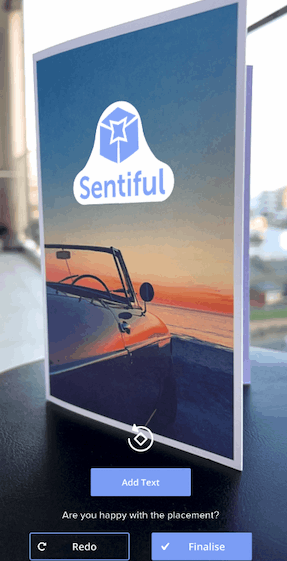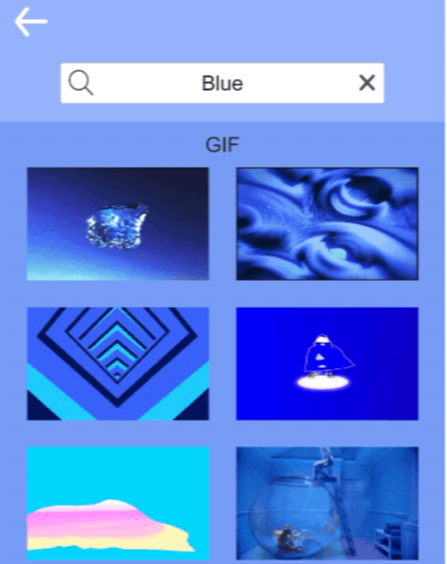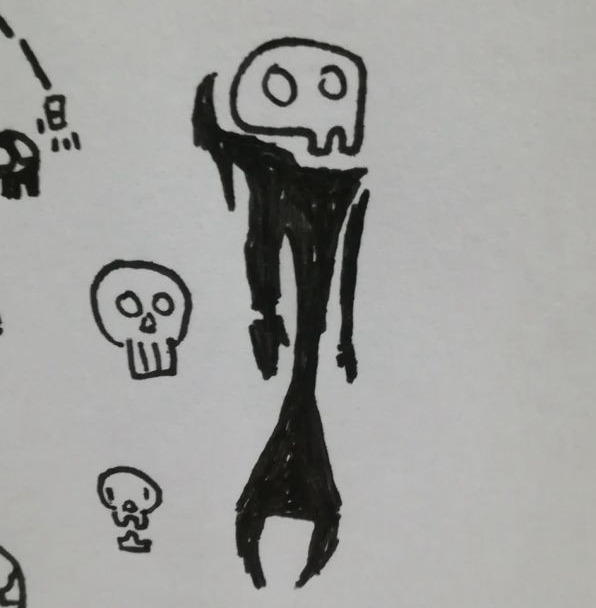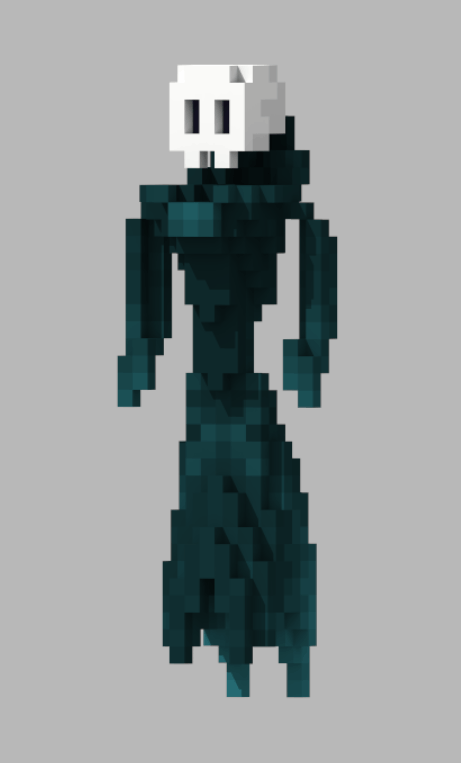The State Machine currently consists of 10 different States :
- Idling
- Walking
- Running
- Jumping
- DoubleJumping
- Falling
- WallRunning
- WallJumping
- Surfing
- SurfJumping
The State behaviour logic and Raycast probe logic heavily utilised Unity Vector3 functions such as cross product, dot product, vector projection, and vector projection on plane to procedurally calculate the player’s orientation and direction without any prior hardcoded knowledge of the player’s surroundings.
Raycast is used to detect the player’s surroundings during runtime for information such as surface normal, surface transform, and Raycast hit point.
Each State is designed to be as modular as possible, via Interface Polymorphism and ScriptableObject, to ensure the least amount of logic coupling or at the very least to ensure that each referenced property or function has a single unified point of declaration that any change made there will instantly reflect across the whole codebase, instead of scouring through the codebase just to implement the very same change again and again at every single place that it is referenced.
All the individual movement states are inherited from a common IState interface that provides a unified structure of property and function implementations. Thus, the Raycast and player controller logic can interact with a generic IState type without any precise knowledge of which state they are interacting with nor how the aforementioned state’s behaviour logic works internally.
Since all of the states are ScriptableObject-based, their internal state selection logic and behaviour logic are completely encapsulated within that particular State class. Thus, by limiting its exposure to other classes and vice versa, it is easier to trace and pinpoint the bug within its isolated logic flow.
Based on the player behaviour, state selection logic is optimised via prioritisation and omission of other states’ entry conditions, thus skipping or reserving the most expensive condition operation for the very last possible moment.
• In Walking State, the system prioritises Ground-based Movement States condition checks over Air-based Movement States as the player is more likely to continue moving on the ground than falling off the ground and into the air.
• In WallRunning State, the system omits the DoubleJumping State condition check as it is logically impossible to double-jump while wall-running without wall-jumping first.
The custom gravity system logic is completely decoupled from individual States’ behaviour logic, thus, regardless of which state the player is in, the gravity will always rotate the player's orientation independently via DOTween and Quaternion calculation.







